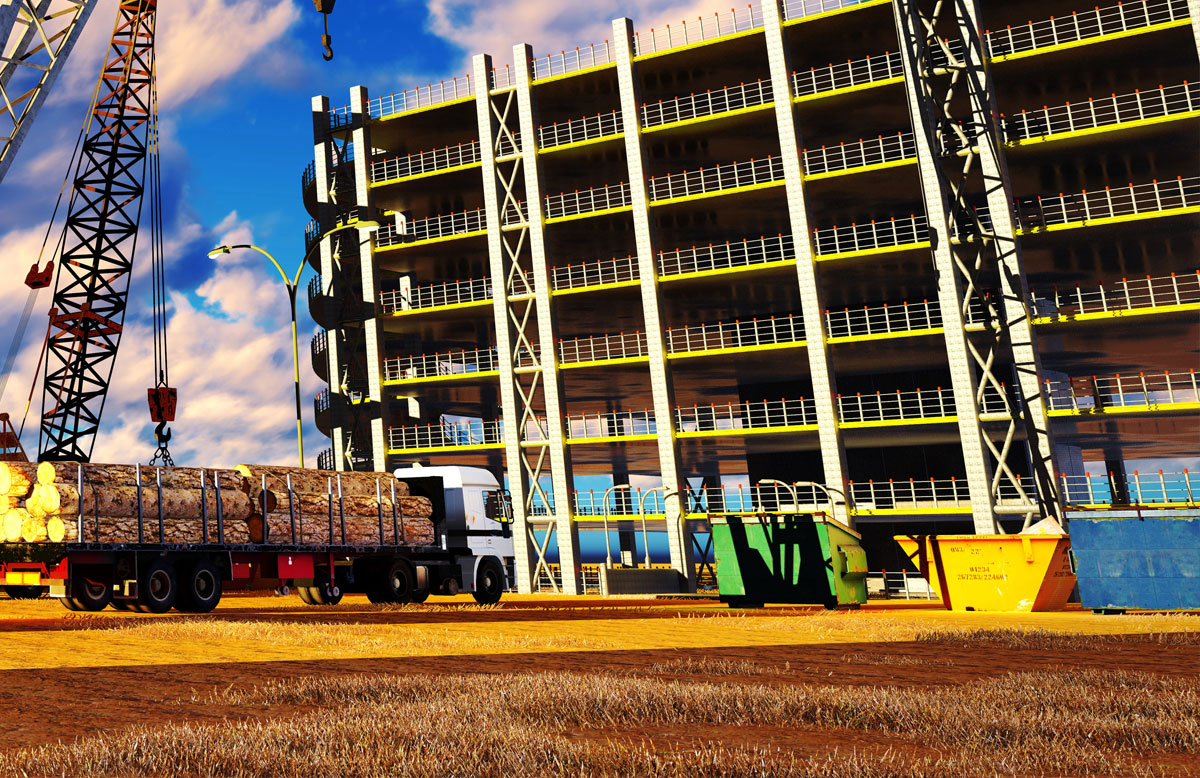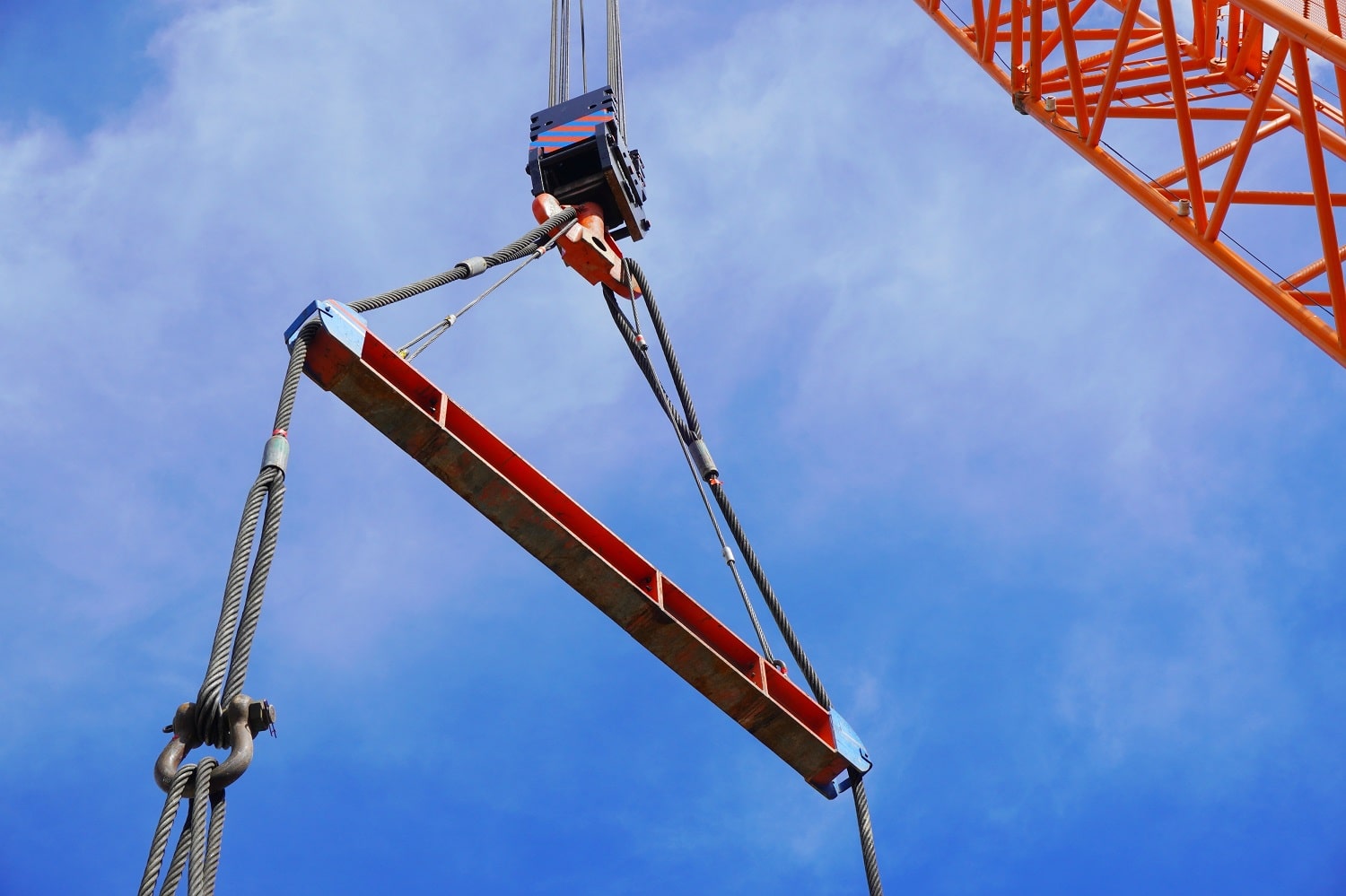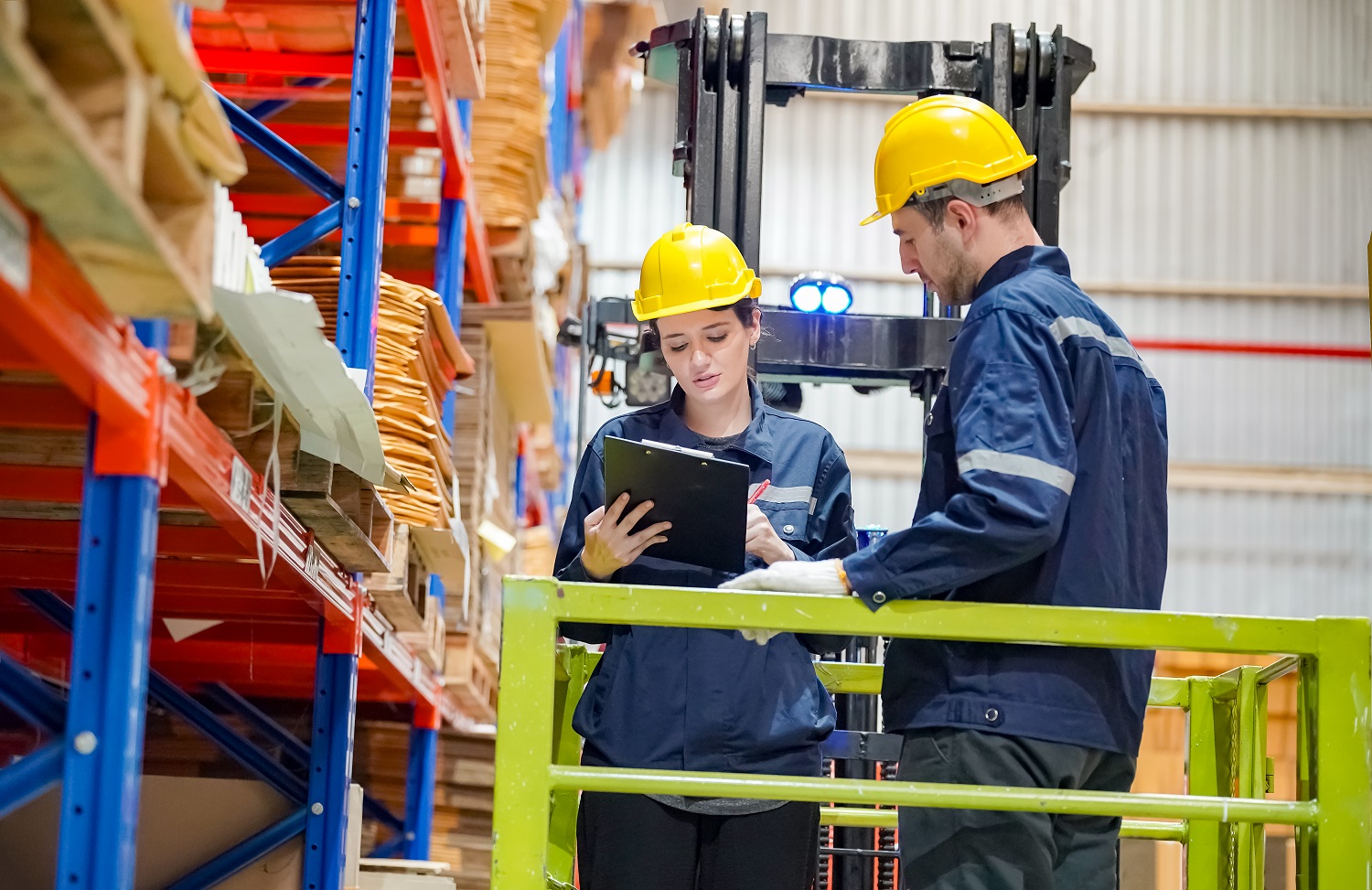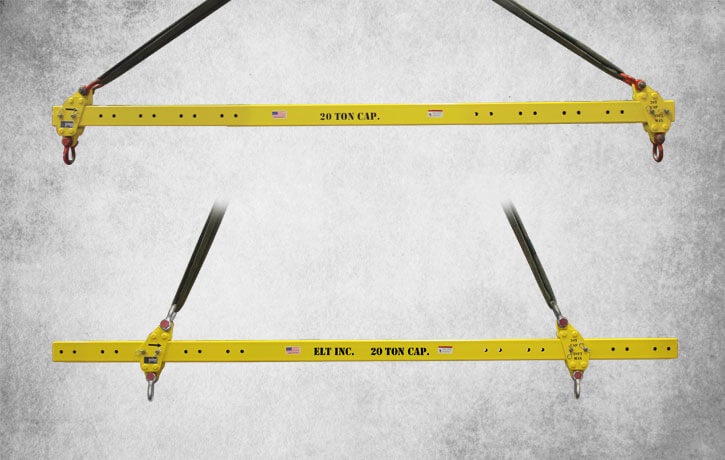Rigging Safety: 7 Rules for Safe and Successful Rigging
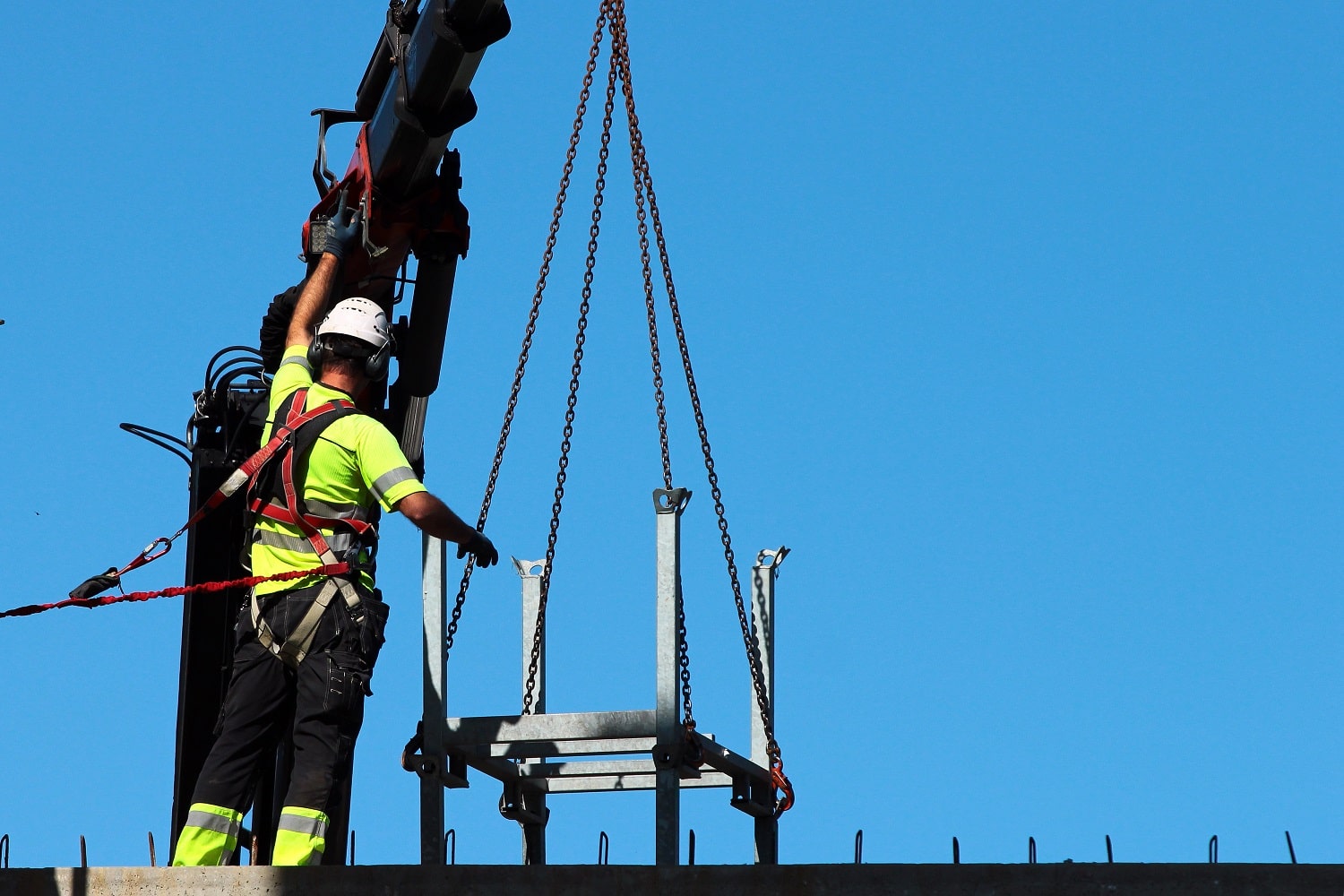
Rigging is lifting and moving heavy loads using cranes, hoists, and other equipment. The rigging process is critical to ensure the safety of workers and the integrity of the load. Rigging can be dangerous and requires proper training, equipment, and procedures to avoid accidents. Here are seven rules for safe and successful rigging:
Inspect the Equipment
Before starting any rigging operation, it is essential to inspect all equipment, including slings, shackles, hooks, and other hardware, to ensure they are in good condition and free from damage or wear. Damaged equipment can lead to equipment failure and accidents. Any damaged or worn equipment must be replaced immediately before proceeding with the rigging process.
Plan and Prepare
Proper planning and preparation are critical to ensure a successful and safe rigging operation. This includes selecting the right equipment, determining the weight of the load, and identifying any hazards or obstacles that may impede the process. The rigging plan must be communicated to all involved in the operation, and everyone must be aware of their role and responsibilities.
Use Proper Techniques
Using proper rigging techniques is crucial to ensure the safety of the workers and the integrity of the load. The use of appropriate techniques includes proper sling angles, proper rigging attachments, and proper load balance. The use of improper techniques can cause accidents, equipment failure, and damage to the load.
Proper Training
Rigging is a skilled trade that requires proper training and experience. Workers involved in the rigging operation must receive proper training to ensure they are aware of the hazards and how to operate the equipment safely. Proper training should include both classroom instruction and hands-on training.
Follow Safety Regulations
All rigging operations must follow safety regulations and standards set by local, state, and federal authorities. These regulations cover everything from the selection and use of equipment to the operation of the equipment. Following safety regulations is critical to ensure the safety of workers and the integrity of the load.
Use Proper PPE
Personal protective equipment (PPE) is essential in any rigging operation. PPE includes hard hats, safety glasses, gloves, and fall protection equipment. Workers involved in the rigging operation must wear the proper PPE to protect themselves from hazards such as falling objects, cuts, and burns.
Continuous Monitoring
Continuous monitoring of the rigging operation is essential to ensure the safety of workers and the integrity of the load. This includes monitoring the load and equipment during the rigging process and during the transport of the load. Any deviation from the rigging plan must be addressed immediately to prevent accidents.
Frequently Asked Questions (FAQs)
Q: What is rigging?
A: Rigging is the process of lifting and moving heavy loads using cranes, hoists, and other equipment.
Q: Why is rigging safety important?
A: Rigging can be dangerous and requires proper training, equipment, and procedures to avoid accidents. Proper rigging safety procedures can prevent accidents, equipment failure, and damage to the load.
Q: What are the common hazards associated with rigging?
A: Common hazards associated with rigging include equipment failure, improper rigging techniques, falling objects, and unbalanced loads.
Q: Who is responsible for rigging safety?
A: Employers are responsible for providing a safe workplace and ensuring that workers receive proper training and equipment. Workers are responsible for following safety procedures and using proper techniques.
Q: What is the role of PPE in rigging safety?
A: Personal protective equipment (PPE) is essential in any rigging operation. PPE includes hard hats, safety glasses, gloves, and fall protection equipment.

